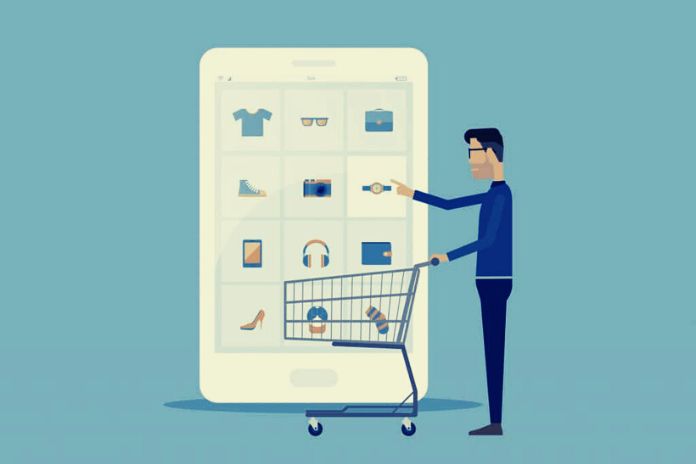Trade Marketing is an excellent B2B market strategy for product or service providers, distributors, and all sales channels. That’s because everyone manages to optimize their sales, making them more and more qualified, and generating more and more revenue.
In Trade Marketing, brands no longer study only the best practices for themselves but also think about how their sales and distribution channels can be improved to sell more and offer the best shopping experience to the customer, using super attractive advertising strategies. And full of creativity.
For example, a market that functions as an intermediary often needs more professionals to manage each sector and category of its establishment. At this time, the product supplier’s Trade Marketing will support this POS, doing this work for him, considering their mutual interests.
B2B Stack Tip: 7 Best Practices In Trade Marketing
Now that you understand what Trade Marketing is all about, we will give you six good practice tips to apply to your strategies.
Objectives, Partners, And Shoppers
To start implementing Trade Marketing in your business, you need to have your objectives very well established, whether selling more or consolidating yourself in the market for good.
If you still need partners to participate in your strategy, you must look for the best sales channels and distributors according to your objectives.
For example, suppose your objective is to enter a part of the country where your brand has yet to be discovered. In that case, marketing tools can help you find the best business partners in the region, and market research will help you know your target audience and competitors better.
Knowing your shoppers is also essential: their consumption habits, interests, socioeconomic data, and all the information you can gather about them will help you create personas to plan your campaigns.
Resource Targeting
Knowing everything about your shoppers and business partners, it will be time to think about which resources will need to be directed to the campaigns:
Sellers, sales promoters, quantities of products by region, which types of products will be sold in each sales channel, the value that will be made available for the campaigns, and all the resources necessary for the strategy to work.
An example of correct targeting of resources is knowing how to separate what is most effective for each sales channel. Large bundles of products are more likely to be sold wholesale, while single and smaller products are more prevalent at retail.
Training And Qualification
It is only possible to do all the planning for Trade Marketing campaigns by training everyone involved in the strategy. It is necessary that from the leaders to the commercial teams, and even to the points of sale teams, they understand their campaigns and know how to deal with them. For this, you can look at the complete category of courses and training on the B2B Stack portal to find the best training platforms and tools.
Category Management
This is one of the main pillars of Trade Marketing. Understanding how your products can fit in your category and extra points are essential to ensure campaign visibility and effectiveness.
You need to know the most exciting product categories for your shoppers to distribute your products in the most suitable environments and with the best layout so they can see your brand in front of many other competitors.
Consistency Across All Touchpoints
Whether you will use physical and digital POS, or just one or the other, maintaining consistency across all of them is critical to gaining credibility. You need to use the same language, colors, messages, and all the characteristics of your brand wherever it appears. You can also learn more about this in our content on multichannel marketing.
Furthermore, it would be very inconvenient to launch a super interesting campaign for one sales channel and not have it on another. This is because, with the autonomy that the consumer has been gaining, he can search for information anywhere on the internet, and often, they learn even more about a brand than the seller himself.
Therefore, it is not interesting that he has divergent information or campaigns where he goes, but that he is sure that regardless of the channel where he prefers to buy, he will get what he expects from your brand.
Promotional Materials And Events
Just imagine: how can a brand stand out among so many others on a supermarket shelf, even more so if it doesn’t offer the most attractive price for an excellent quality product?
Except for shoppers and consumers who already use it, new clients will not see it in the same way, and for that to happen, it needs to provide creative materials for the sales and distribution channels with which it works. That is, banners, leaflets, among other promotional materials, and even taking kiosks and sample stands to these channels.
Using The Right Tools
Here we come to the main point. Only work if you use the right tools, which support you from data collection to monitoring results, as is the case with Business Intelligence and Analytics and Big Data software.
Also Read: Nine Tips For Capturing Leads via Inbound Marketing












